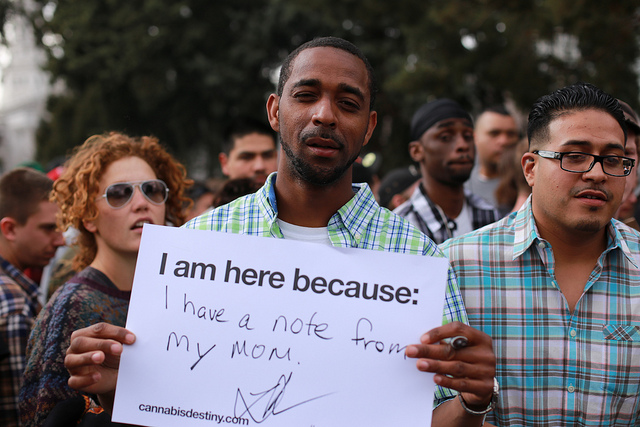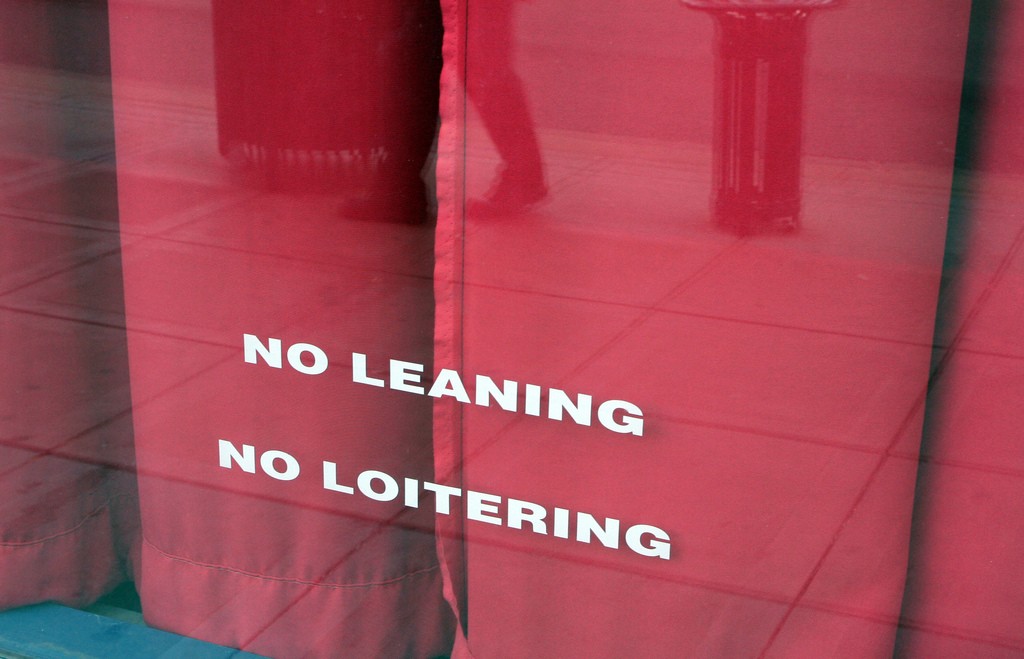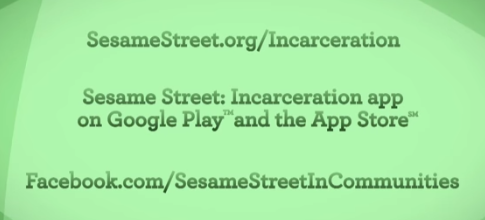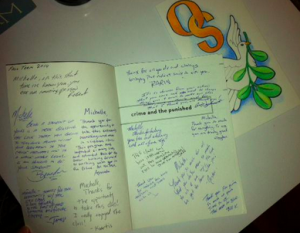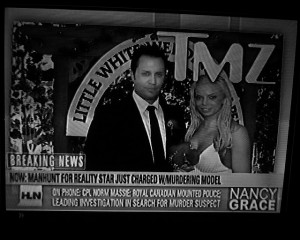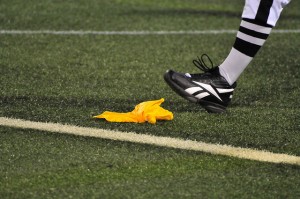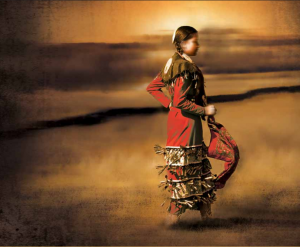In debates about whether to ban porn, it’s interesting to consider what a world without legal “adult entertainment” would look like. Sociologist Chauntelle Tibbals, author of the forthcoming book Exposure: A Sociologist Explores Sex, Society and Adult Entertainment, talked to MTV after the show “Guy Code” made a video called “Life Without Porn.” The video, embedded below, mocked the mundane situations that often serve as the opening for pornographic films—a visit to the auto repair shop, a pizza delivery, or a visit from the TV cable provider—where, instead of ending in an erotic encounter, the actors’ teasing dialogue ultimately ends with advice on how to reheat pizza or another item to add to the car repair bill.
Tibbals argues that a world completely devoid of porn is not possible. From cave drawings and carvings to Renaissance paintings to avant-garde photography, humans create images of sex and sexuality:
“Us wanting to visually represent sex has been around since humans have been around, and porn is just another medium to do that. I don’t think it’s possible for there to be no erotic representation,” Tibbals told MTV.
But what if we bracketed erotic representation and just eliminated commercial porn? Tibbals says it’s not so simple. Billions of people watch billions of dollars worth of porn:
…if you limit other people’s capacity to professionally produce and legally produce that content, the demand for it is not going to go away.
Instead of disappearing, she believes a black market would expand, putting people who work in pornographic film creation at higher risk of sexual exploitation:
Right now, when people watch porn legally made, they know that they’re watching consensual sex on a safe set run by professionals. That’s not to say that every set is perfect, but consumers can watch that content and know that the people working on it want to be there.


